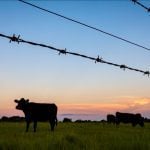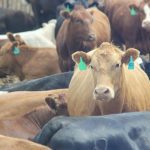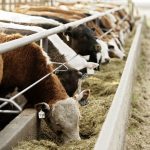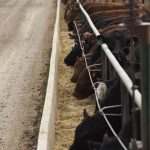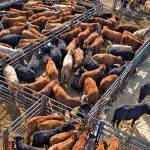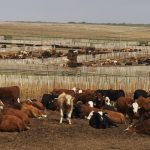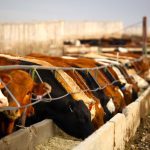For the week ending July 20, Western Canadian yearlings traded $8-$15 above prices from seven days earlier. Values for larger groups of quality calves were up $8 to $10 from a week earlier while run of the mill smaller packages were relatively unchanged.
